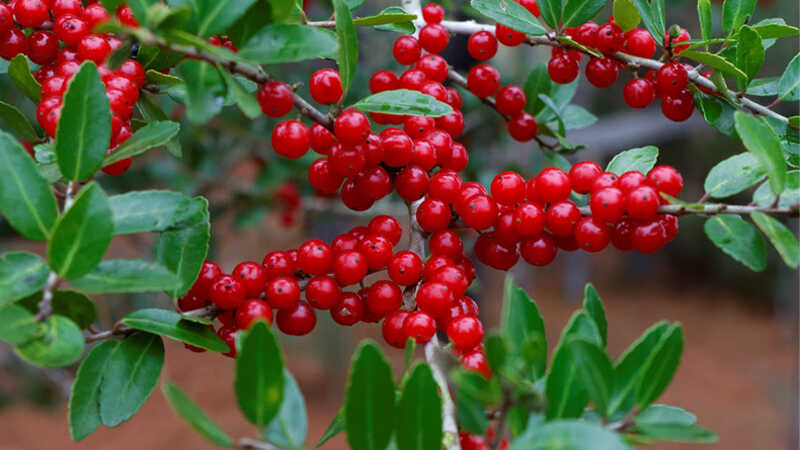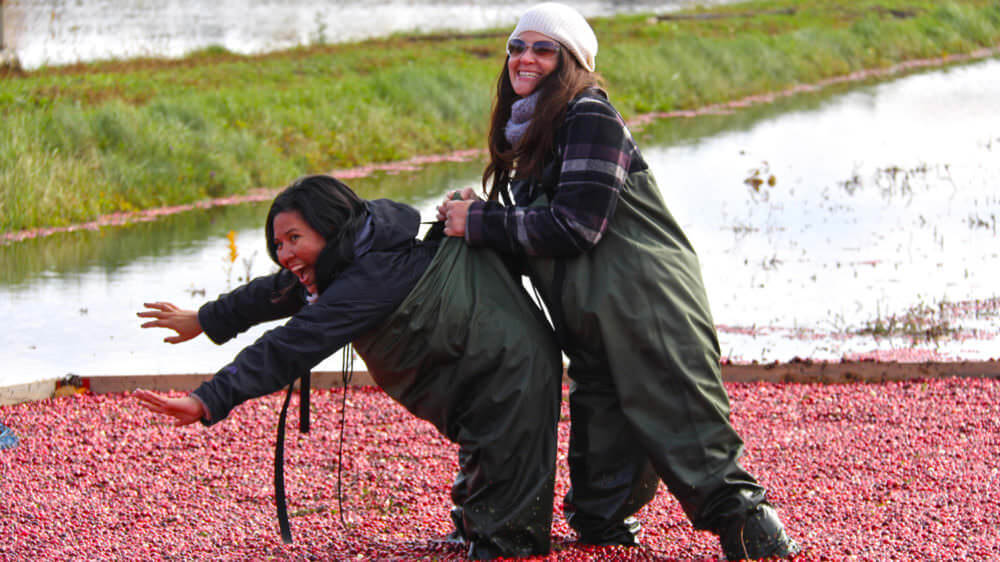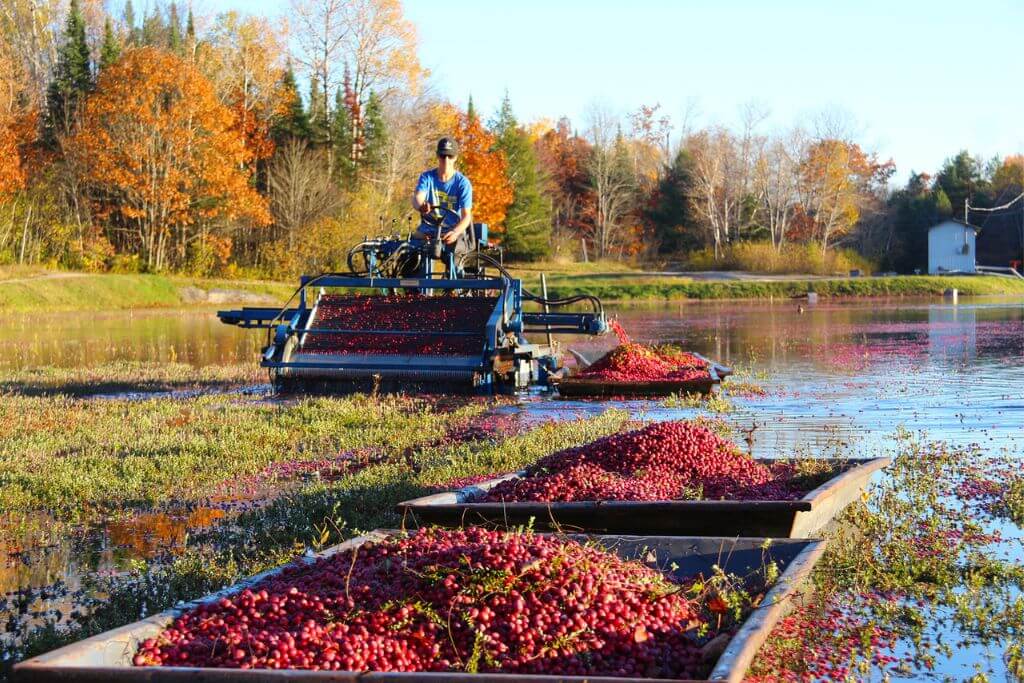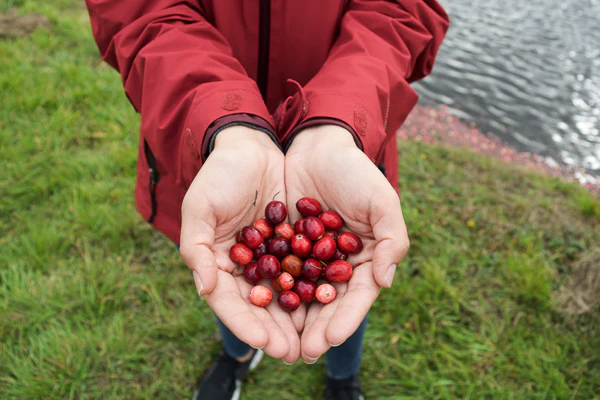Have you ever encountered a seemingly endless crimson carpet that stretches as far as the eye can see? This is a striking image during the cranberry harvest season in Ontario, Canada.
1. Cranberry Harvest Season

It starts in the fall season, Sept 23, 2023!
2. What is Cranberry?

Cranberries are evergreen dwarf shrubs or trailing vines in the Vaccinium subgenus Oxycoccus.
In 2020, the United States, Canada, and Chile accounted for 97% of global cranberry production. Most cranberries are processed into juice, jam, sauce, and sweetened dried cranberries, with the remainder, sold fresh to consumers. Cranberry sauce is a popular side dish for turkey at Christmas and Thanksgiving dinners in the United States and Canada, as well as at Christmas dinners in the United Kingdom.
See more:
- Winter Camping In Ontario: 10 Best Places And Useful Tips For Your Trip
- Ottawa beat out Ontario to be named the second-most family-friendly city in Canada
- 8 Ontario Small Towns That Are Like Stepping Into A Glisten Christmas Dream
3. Interesting Harvest Activities You Can try:

- Wagon Tours
- Try Wine Tasting
- Try Cranberry Plunge
- Enjoy Fresh cranberries
- Experience Hiking Trails
- Fall in Love with Beautiful fall scenery!
4. Wet cranberry Harvesting

Many people believe that cranberries grow in water. That makes sense, because we usually see the berries floating on the water’s surface. However, what we’re seeing is the result of wet harvesting.
The night before the berries are to be harvested; the bog is flooded with up to 18 inches of water. Water reels, also known as “eggbeaters,” are then used by the growers to churn the water and loosen the cranberries from the vine. Each berry contains tiny pockets of air that allow it to float to the water’s surface.
5. Harvesting cranberry in the Dry

The dry method is used to harvest fresh cranberries, which you can buy in the produce aisle every fall. It’s the best way to get the freshest berries.
For this purpose, cranberry farmers use a mechanical picker resembling a large lawnmower. Metal teeth comb the berries off the vine and deposit them in a burlap sack at the machine’s back. Helicopters sometimes transport the sacks to protect the vines from heavy truck traffic.
